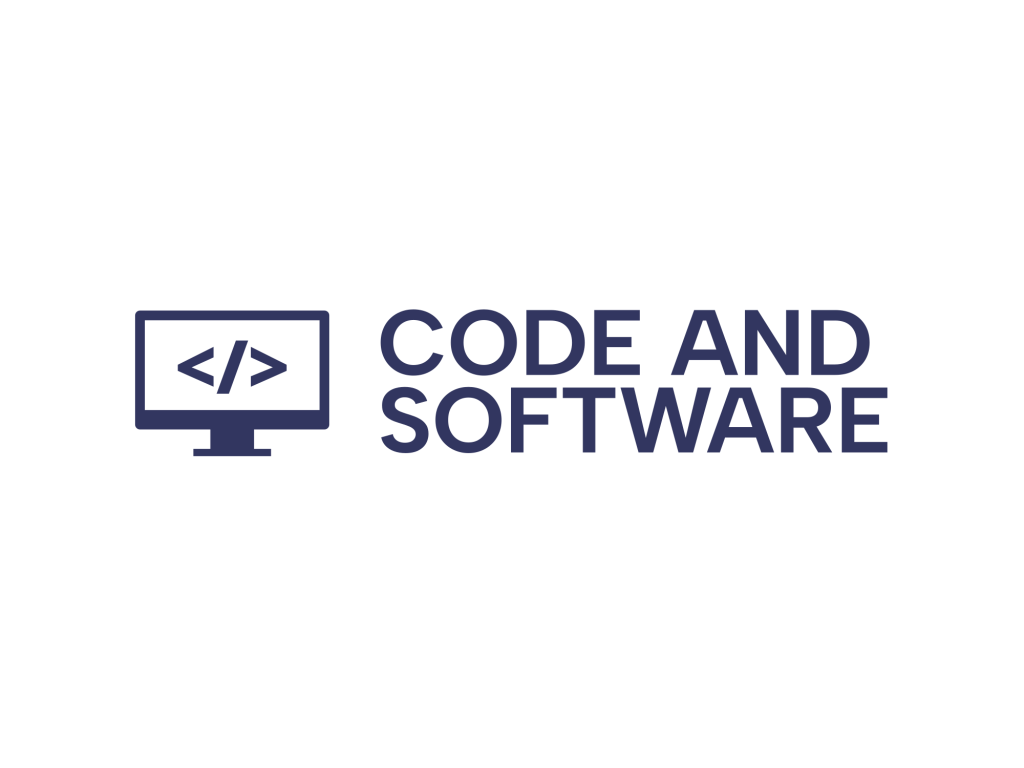Once upon a time, learning to code meant late nights deciphering syntax errors, poring over documentation, and squinting at mysterious stack traces. But now, with the advent of Artificial Intelligence, the landscape of programming is evolving rapidly. AI-powered code generators have entered the developer’s toolkit, offering a way to accelerate development, reduce human error, and even guide beginners through the coding process.
In an attempt to discover which tool genuinely makes coding easier, one brave tech enthusiast tried out nine of today’s best AI code generators. The results were surprising, enlightening, and a bit futuristic.
The Contenders: 9 AI Code Generators
Here are the AI tools that made the cut:
- GitHub Copilot
- Tabnine
- Amazon CodeWhisperer
- Codeium
- Replit Ghostwriter
- Kite
- Ponicode
- Codex by OpenAI
- MutableAI
Each of these tools leverages machine learning models trained on vast codebases to provide real-time code suggestions, documentation, and sometimes even generate full scripts. But are they all created equal? Not quite.
Which One Writes Code Best?
The most impressive performer was GitHub Copilot, developed by GitHub and OpenAI. It seamlessly integrates with Visual Studio Code, offering smart, nearly human-level code completions. With context-aware suggestions, Copilot often felt less like a tool and more like a coding partner.
Tabnine also delivered solid results, especially when configured within a team environment. It prioritizes security and allows code completions based on private repositories—a major plus for enterprise developers.

Other tools like Replit Ghostwriter showcased impressive collaboration features within the Replit IDE but lacked some of the deep learning finesse displayed by Copilot or Codex. Kite, formerly known for fast autocompletion, still offers reliable support but isn’t evolving as rapidly as newer solutions.
Best for Beginners vs. Best for Professionals
If you’re just dipping your toes into the programming waters, Codex and Amazon CodeWhisperer are your best bet. Their ability to translate plain English prompts into actual code snippets is game-changing. Need a Python function to calculate Fibonacci numbers? Just ask, and you’ll get it.
For professional developers, tools like Tabnine and Copilot are far better suited. They provide smart, readable, and context-aware recommendations that can help scale projects and cut development time exponentially.

Real Limitations – and a Word of Caution
Despite the power these tools bring, they are far from perfect. For one, they may sometimes hallucinate—offering code that looks good but doesn’t actually work. They also can miss subtle logic errors or fail to follow business rules precisely. For advanced tasks like performance optimization or architecture decisions, the human mind still reigns supreme.
Additionally, using AI-generated code without review can introduce potential licensing or security issues, especially when part of the output is drawn from open-source codebases.
Ultimately, AI generators are amazing amplifiers—but not replacements. Their true value lies in assisting developers, not automating them out of the equation.
Conclusion
So, is coding the “hard way” truly a thing of the past? Maybe not entirely—but these AI tools are certainly making it a lot easier. Whether you’re a newbie trying to write your first “Hello World” or a software architect juggling microservices, there’s an AI assistant out there to lend a hand.
Give one a try, and you might just find that the hardest part of coding today is deciding which AI tool to use.
FAQ
- Q: Are AI code generators suitable for beginners?
A: Yes, especially tools like Codex and Amazon CodeWhisperer, which allow users to give natural language prompts and receive code in return. - Q: Can these tools write complete applications?
A: They can generate components, scripts, and snippets, but human oversight is necessary for structure and logic. - Q: Are there security concerns with using AI-generated code?
A: Potentially, yes. Some tools might generate code influenced by open-source projects. Always review the code and understand its origin. - Q: Do I need an internet connection to use these tools?
A: Most require an internet connection to access cloud-based AI models, although some like Tabnine offer partial offline functionality. - Q: Do they support all programming languages?
A: Not all. Popular languages like Python, JavaScript, and Java are well-supported, but niche languages may have limited features.



Leave a Reply